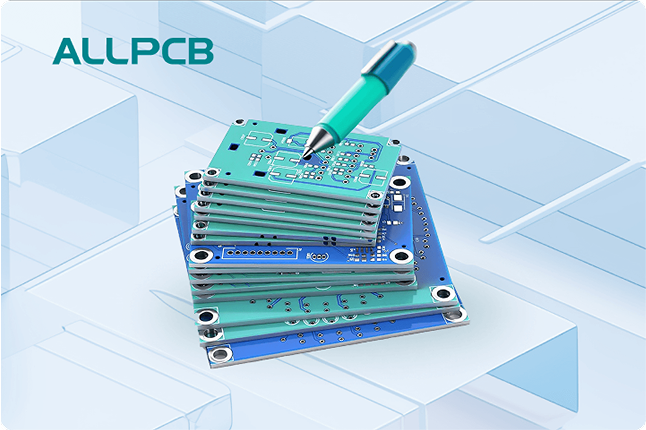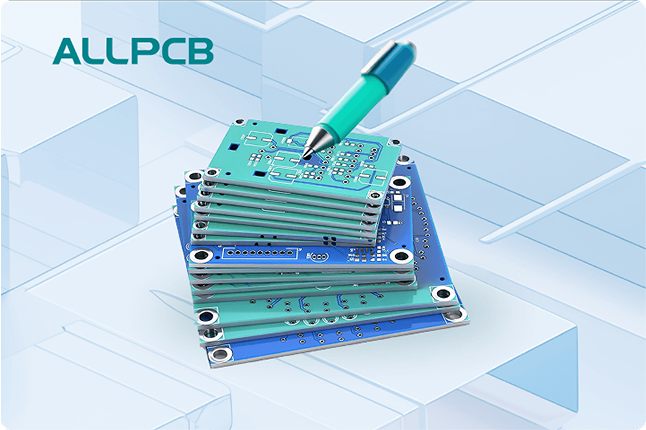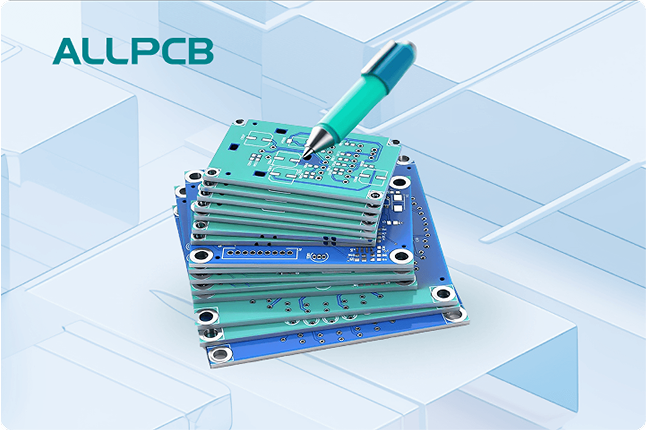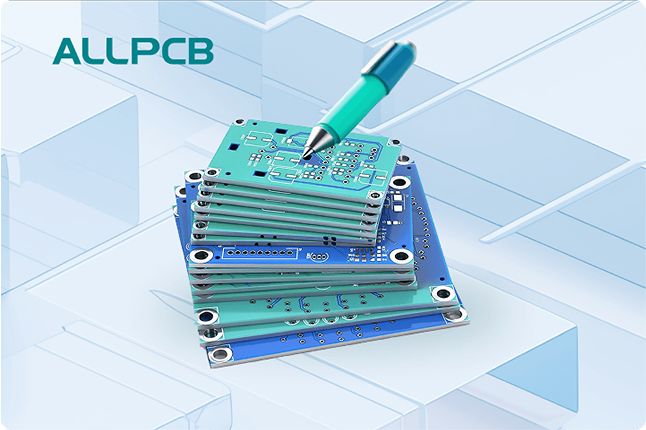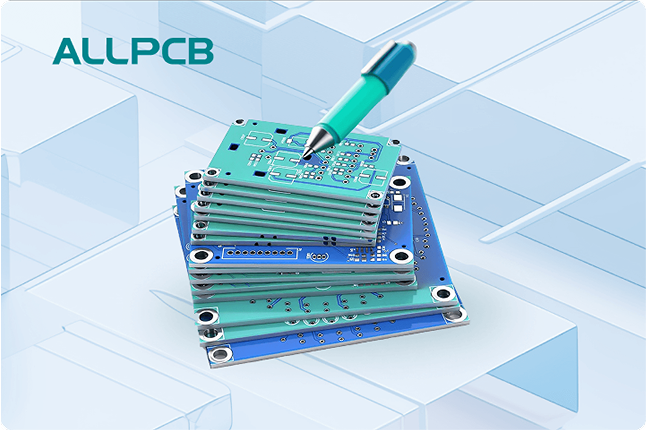Are you struggling with PCB footprint errors or looking for a reliable way to verify your PCB design? A well-structured PCB footprint checklist can save you time, reduce costly mistakes, and ensure your design is ready for manufacturing. In this comprehensive guide, we’ll walk you through the essential steps and best practices for creating flawless PCB footprints. Whether you're a beginner or a seasoned engineer, this ultimate checklist will help you master PCB design verification and avoid common pitfalls.
Let’s dive into the details of PCB footprint design, from understanding its importance to a step-by-step checklist that guarantees accuracy and reliability in your projects.
Why PCB Footprint Design Matters
PCB footprint design is the foundation of any successful printed circuit board project. A footprint, also known as a land pattern, defines the physical layout of a component on the PCB. It includes the copper pads, solder mask openings, and silkscreen markings that ensure a component fits and functions correctly. A single error in the footprint can lead to manufacturing delays, component misalignment, or even complete board failure.
According to industry studies, over 30% of PCB design errors stem from incorrect footprints. These mistakes can result in additional prototyping rounds, costing hundreds or even thousands of dollars. By following a detailed PCB footprint checklist, you can minimize these risks and ensure your design is ready for production from the start.
Understanding the Basics of PCB Footprint Design
Before we get into the checklist, let’s cover the core elements of a PCB footprint. A footprint must match the physical dimensions and electrical requirements of the component it represents. This includes:
- Copper Pads: These are the areas where the component pins are soldered to the board. Pad size and shape must align with the component’s datasheet specifications.
- Solder Mask Openings: These define where solder is applied during assembly. Incorrect openings can lead to poor soldering or shorts.
- Silkscreen Markings: These provide visual cues for component orientation and identification during assembly.
- Courtyard: This is the boundary around the component that ensures proper spacing from other parts on the board.
A well-designed footprint ensures that components are placed accurately, soldered correctly, and function as intended. Now, let’s explore the ultimate checklist to achieve flawless PCB footprint design.
The Ultimate PCB Footprint Checklist for Flawless Design
Below is a step-by-step PCB footprint checklist to help you create accurate and reliable designs. Follow these steps to avoid common PCB footprint errors and ensure your board is ready for manufacturing.
1. Verify Component Datasheet Specifications
Start by obtaining the latest datasheet for each component in your design. The datasheet provides critical information like pin dimensions, recommended land patterns, and thermal pad requirements. Cross-check every detail, including:
- Pin pitch (e.g., 0.5mm for fine-pitch components).
- Pad dimensions (length and width, often specified in millimeters).
- Thermal pad size and placement for components like QFN packages.
Mismatches between the datasheet and your footprint can lead to assembly issues. For instance, a pad that’s too small may prevent proper soldering, while a pad that’s too large can cause bridging.
2. Use Standard Footprint Libraries When Possible
Many design tools come with pre-built footprint libraries based on industry standards like IPC-7351. These libraries are a great starting point as they follow widely accepted guidelines for pad sizes and spacing. However, always double-check the library footprint against the component datasheet, as variations can occur.
If a standard footprint isn’t available, create a custom one, ensuring it adheres to the manufacturer’s recommendations. This step is crucial for PCB design verification and prevents errors before they reach the manufacturing stage.
3. Ensure Correct Pad Size and Shape
Pad size and shape are critical for proper soldering. For through-hole components, ensure the pad diameter is at least 0.3mm larger than the lead diameter to allow for easy insertion and soldering. For surface-mount devices (SMDs), follow the recommended pad dimensions from the datasheet, often with a slight extension (e.g., 0.2mm beyond the pin) to improve solder fillet formation.
Incorrect pad sizes can lead to weak solder joints or tombstoning, where one end of a component lifts during soldering. Pay special attention to high-density components like BGAs, where pad diameters must match precisely to avoid misalignment.
4. Define Proper Solder Mask Openings
Solder mask openings should expose just enough copper for soldering without risking shorts. A common rule of thumb is to make the solder mask opening 0.05mm to 0.1mm larger than the pad on each side. For fine-pitch components, consider a non-solder mask defined (NSMD) design, where the solder mask opening is larger than the pad to improve solder joint reliability.
Verify that the solder mask doesn’t overlap critical areas like vias or test points, as this can interfere with assembly or testing.
5. Add Clear Silkscreen Markings
Silkscreen markings help during assembly by indicating component orientation and reference designators. Ensure the markings are legible, with a minimum line width of 0.15mm and text height of 1mm. Place polarity indicators (e.g., a dot for pin 1 on ICs) near the relevant pin for easy identification.
Avoid placing silkscreen text over pads or vias, as it can become unreadable after soldering. Clear markings reduce the risk of assembly errors, especially for polarized components like diodes or capacitors.
6. Set Appropriate Courtyard Boundaries
The courtyard defines the keep-out area around a component to prevent interference with nearby parts. Follow the IPC-7351 standard, which recommends a minimum courtyard clearance of 0.25mm to 0.5mm beyond the component body, depending on the component size and placement density.
Proper courtyard spacing ensures that automated pick-and-place machines can position components without collisions, a key aspect of PCB design best practices.
7. Account for Thermal Management
For components that generate significant heat, such as power ICs or LEDs, include thermal vias or pads in the footprint design. A thermal pad under a QFN package, for example, often requires a grid of vias (e.g., 0.3mm diameter, spaced 1.2mm apart) to dissipate heat to the ground plane.
Neglecting thermal considerations can lead to overheating, reducing component lifespan or causing board failure. Check the datasheet for specific thermal pad recommendations to ensure optimal performance.
8. Verify Footprint Against Schematic Symbol
During PCB design verification, ensure that the footprint matches the schematic symbol in terms of pin count and numbering. A mismatch—such as assigning pin 1 on the schematic to pin 2 on the footprint—can result in incorrect connections and a non-functional board.
Use your design software’s built-in tools to cross-reference the schematic and layout. This step is a critical part of avoiding PCB footprint errors before sending your design to production.
9. Test Footprint Placement with a Mock Layout
Before finalizing your design, create a mock layout to test the footprint placement. Check for issues like overlapping courtyards, insufficient spacing for traces, or interference with mounting holes. For high-speed designs, ensure that signal integrity is maintained by keeping critical traces (e.g., those carrying signals at 100MHz or higher) away from noisy components.
This mock layout acts as a dry run, helping you spot potential problems early in the design process.
10. Review Manufacturing Tolerances
Finally, account for manufacturing tolerances in your footprint design. PCB fabrication and assembly processes have inherent variations, such as ±0.1mm for pad placement or ±0.05mm for solder mask alignment. Design with these tolerances in mind to ensure your footprint remains functional even with small deviations.
Consult with your manufacturing partner to understand their specific tolerances and adjust your design accordingly. This is a key PCB design best practice for achieving a flawless end product.
Common PCB Footprint Errors and How to Avoid Them
Even with a solid checklist, mistakes can happen. Here are some common PCB footprint errors and tips to prevent them:
- Incorrect Pin Numbering: Always double-check pin assignments against the datasheet. Use design software to highlight discrepancies.
- Wrong Pad Spacing: For fine-pitch components (e.g., 0.4mm pitch), even a 0.05mm error can cause soldering issues. Measure twice before finalizing.
- Missing Polarity Indicators: Without clear markings, assembly errors are likely. Include visible indicators on the silkscreen layer.
- Overlapping Footprints: Ensure courtyards don’t overlap by running a design rule check (DRC) in your software.
By staying vigilant and following the PCB footprint checklist, you can catch these errors before they become costly problems.
Best Practices for PCB Design Verification
Beyond footprint design, thorough PCB design verification is essential for a successful project. Here are some best practices to integrate into your workflow:
- Run Design Rule Checks (DRC): Use your design software to check for spacing violations, unconnected nets, or footprint mismatches. Set rules based on manufacturing capabilities, such as a minimum trace width of 0.15mm for standard boards.
- Perform a Peer Review: Have a colleague review your design for overlooked errors. A fresh set of eyes can spot issues you might miss.
- Create a Prototype: Before full production, build a prototype to test the footprint and overall design. This step can reveal real-world issues like soldering defects or component fit problems.
Verification is your final safeguard against errors, ensuring that your design translates seamlessly from concept to reality.
Tools to Simplify PCB Footprint Design
Modern design software offers powerful features to streamline PCB footprint creation and verification. Look for tools that include:
- Built-in footprint wizards to generate standard land patterns.
- DRC capabilities to catch spacing and alignment issues.
- 3D visualization to preview how components fit on the board.
Using these tools can save hours of manual work and reduce the likelihood of errors. Make sure to keep your software updated to access the latest libraries and features.
Conclusion: Build Better PCBs with a Solid Footprint Checklist
Creating a flawless PCB starts with a meticulously designed footprint. By following the ultimate PCB footprint checklist outlined in this guide, you can avoid common errors, ensure proper component placement, and streamline the manufacturing process. From verifying datasheet specs to running design rule checks, each step plays a vital role in achieving a reliable and functional board.
Incorporate these PCB design best practices into your workflow to save time, reduce costs, and deliver high-quality results. With attention to detail and the right tools, you’ll be well on your way to mastering PCB footprint design and verification.
Start implementing this checklist in your next project, and watch as your designs become more accurate and efficient. A little preparation goes a long way in the world of PCB engineering!
 ALLPCB
ALLPCB


